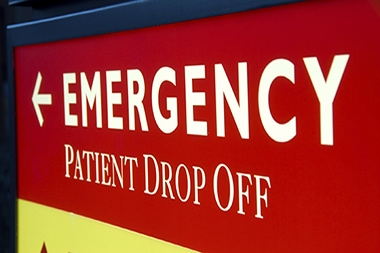The Utah Department of Health specifically called out greater utilization of urgent care as a key factor in reducing emergency room visits across the state—along with a corresponding decrease in associated costs, of course. While the report did not put a dollar amount on the savings, it does note that an average trip to the ED in the state costs five-and-a-half times more than an urgent care visit. Since the state DoH reports that around …
Read More









